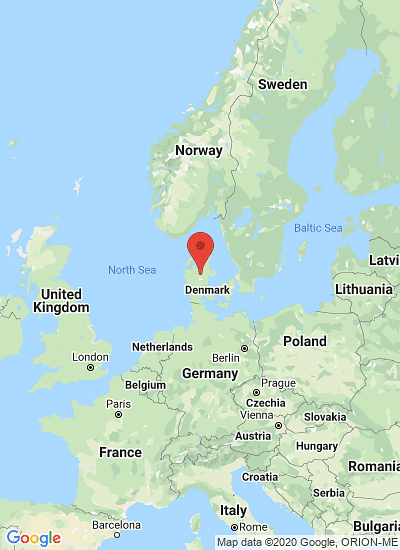A new extraction method promises to deliver large-scale extraction of potato fibres rich in the are especially rich in the pectin rhamnogalacturonan I, could help to produce new ingredients and functional hydrocolloids, say researchers.
Writing in Food Chemistry, Danish researchers reported that rhamnogalacturonan I extracted in large quantities from potato pulp waste could provide a new generation of food ingredients and functional hydrocolloids.
They said that until now undegraded RG I has only been extracted in small amounts, which has limited the application possibilities for the ingredient.
The Danish team noted that potato pulp “is an underutilized material produced in large quantities by potato starch factories,” which they believe could be put to use as a new source of pectin like fibres. They explained that their new research has developed a new large-scale extraction process which will provide large quantities of readily available, undegraded rhamnogalacturonan I (RG I) from potato pulp.
“The main advantage of the method described in this paper is that RG I is extracted in what we expect is its native, intact form,” said the researchers, led by Peter Ulvskov from University of Copenhagen, Denmark.
“None of its functional properties are lost and it may be more amenable for further modifications and tailoring to suit specific desired pectic properties such as stabilizing and gelling capabilities, and as viscosity aid, to name a few,” they explained.
Potato waste could provide 'new generation' of food ingredients

¿Te gustaría recibir noticias como esta por correo electrónico? ¡Únete y suscríbete!
Únete a nuestra Telegrama ¡Canal para actualizaciones periódicas!
Contenido Patrocinado
Contenido Patrocinado
Contenido Patrocinado
Contenido Patrocinado
Contenido Patrocinado














